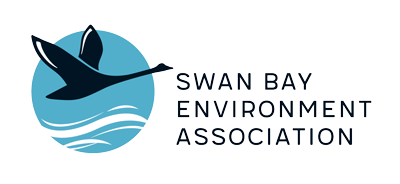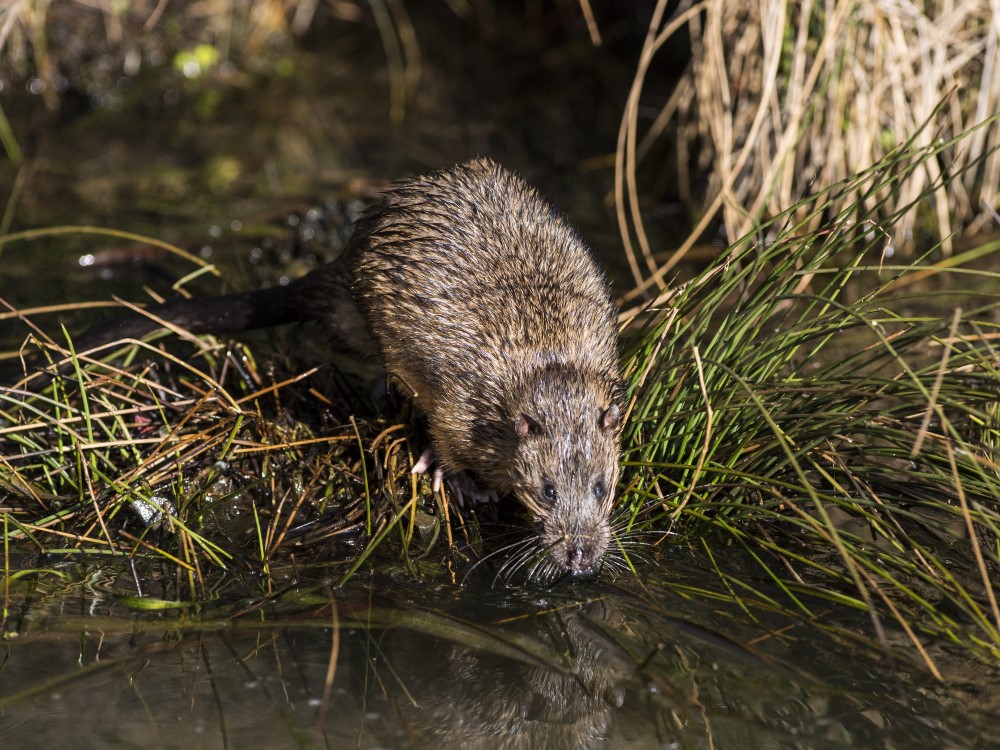
Mammals
Swan Bay is too shallow for large marine mammals to enter. However, the Australian Fur Seal and Bottlenose Dolphin might be seen from the beach along Edwards Point Wildlife Reserve. On land, the Short-beaked Echidna uses its strong snout to break open logs and its sticky tongue to slurp up ants.
Tree hollows are used as roosts for the Lesser Long-eared Bat in the wildlife reserve and on Swan Island. Eastern Grey Kangaroos were introduced to Swan Island and feed on the golf club’s fairways in the early morning and at dusk. Rakali (Water-rats) eat fish, crabs, eggs, birds and frogs and may be seen in ‘The Cut’, southern Swan Bay and on Duck Island and Rat Island.
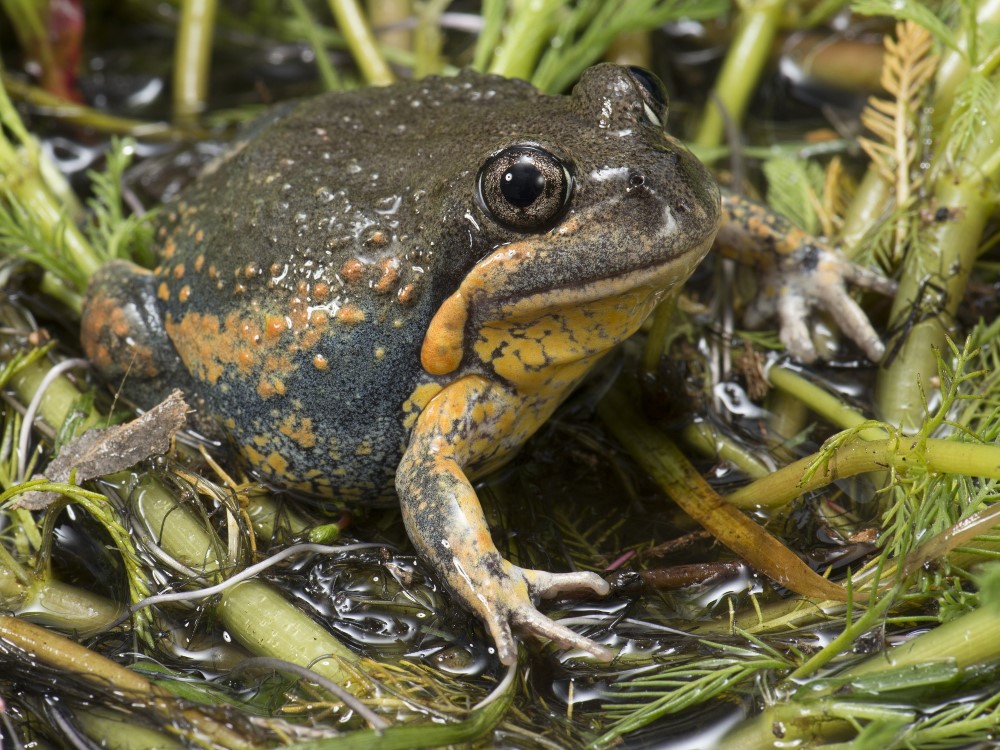
Frogs
Three frog species are found along Swan Bay’s shoreline. The Southern Brown Tree Frog has adapted to suburban life but is also found in the wetter areas around Swan Bay where it feeds on mosquitoes, flies and moths.
The cricket-like ‘crick, crick, crick’ call of the Common Eastern Froglet can be heard day and night. It is only three centimetres long and feeds on small spiders, cockroaches, flies and caterpillars.
During dry periods the Southern Bullfrog (see photo) burrows into the ground to wait for rain. Known also as the Eastern Pobblebonk Frog and Eastern Banjo Frog, its call of ‘bonk’ or ‘plonk’ sounds like a banjo string being plucked. It grows up to eight centimetres in length.
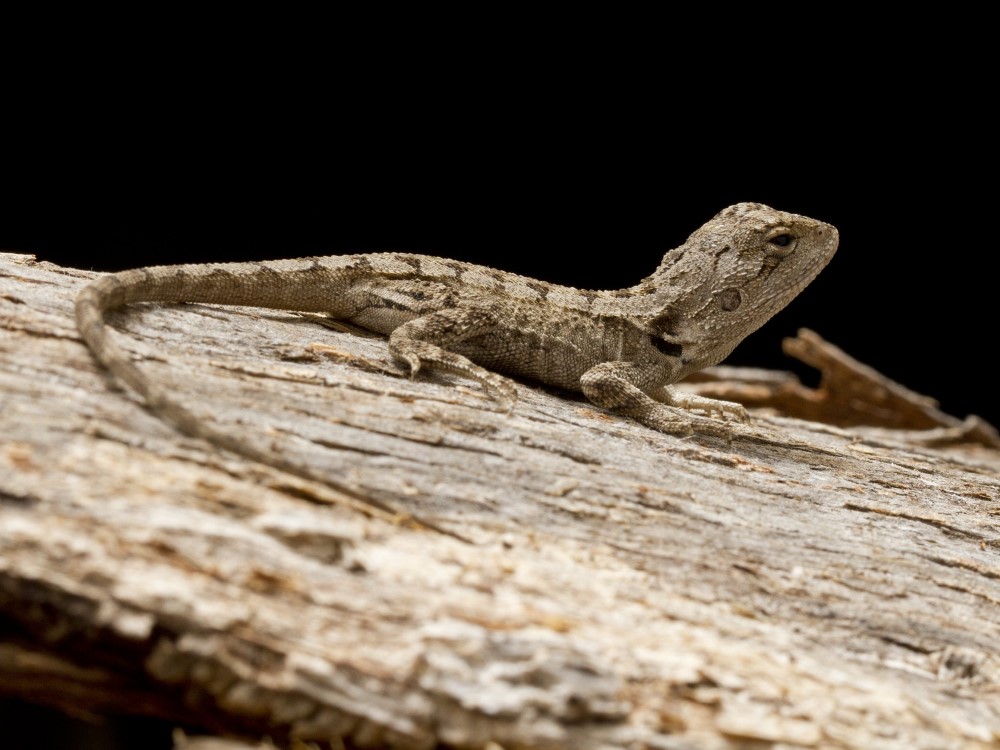
Reptiles
Lizards, skinks, dragons and snakes are found along Swan Bay’s coastal fringe. The Eastern Three-lined Skink seeks out wetter areas and is recognised by the white lines along its brown body. It might end up as food for the White-lipped Snake, found in heaths and grasslands. The largest of the skink family is the Eastern Blue-tongue Lizard, which can grow up to 60 centimetres long.
The Jacky Tree Dragon feeds on grasshoppers, cockroaches and small beetles and runs in an almost upright position. Driftwood along the shoreline is used as shelter by the Swamp Skink. The Copperhead is a snake that feeds on skinks, eggs, frogs and insects found in Swan Bay’s saltmarsh. It shelters under logs and in dense grass and abandoned burrows.
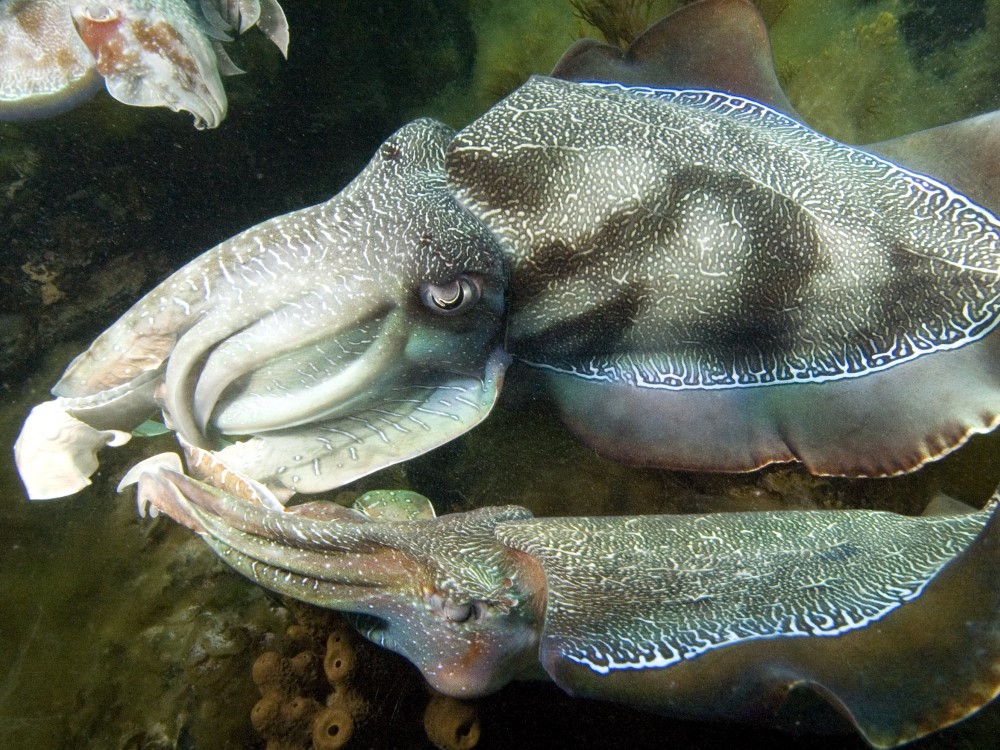
Marine invertebrates
Many marine invertebrates in Swan Bay help recycle nutrients from dead and decaying material. They include tiny crustaceans known as copepods and amphipods, as well as polychaete worms, oysters, crabs and snails.
The Australian Giant Cuttlefish (see photo) is the world’s largest cuttlefish and lives in the deeper waters of Swan Bay. It can use cells in its body to change colour in a flash.
The Snapping Shrimp stuns its prey by making a loud sound with its large claw. It is the source of the many ‘clicks’ that can be heard at low tide on quiet days in seagrass meadows. The Ghost Shrimp burrows into sand and mud and feeds on the organic matter it digs up, while the Pebble Crab feeds on worms and sandhoppers.
PHOTO CREDITS
Rakali. David Paul. Museums Victoria - https://collections.museumsvictoria.com.au/species/8456
Southern Bullfrog (Pobblebonk). David Paul. Museums Victoria - https://collections.museumsvictoria.com.au/specimens/2367718
Jacky Tree Dragon. David Paul. Museums Victoria - https://collections.museumsvictoria.com.au/species/8368
Australian Giant Cuttlefish. Mark Norman. Museums Victoria - https://collections.museumsvictoria.com.au/species/8462
